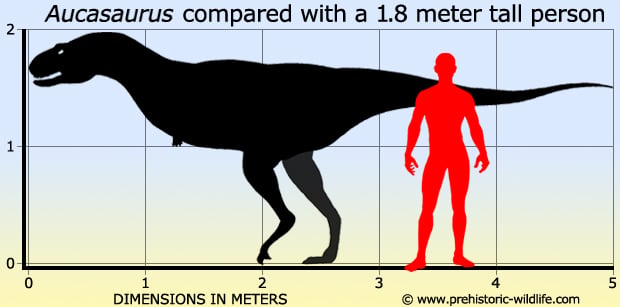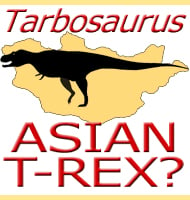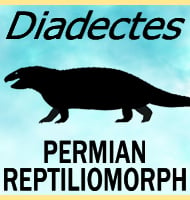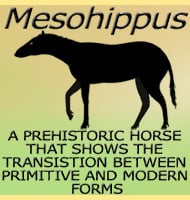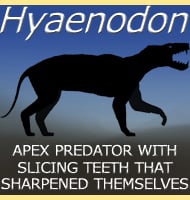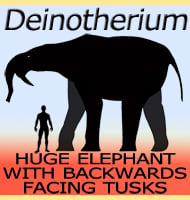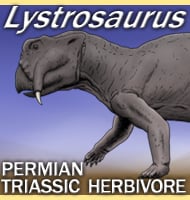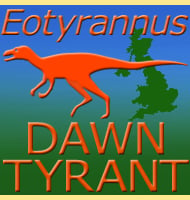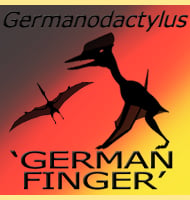In Depth
With only the end of the tail missing, Aucasaurus has the most complete single abelisaurid skeleton currently known. This has allowed for more accurate general features which are thought to be common to the group such as the famously underdeveloped arms that are even more puny than those that appear upon Tyrannosaurus, to be accurately catalogued to allow for easier identification of future dinosaur fossil discoveries.
The skull of Aucasaurus is of special interest as the damage on it appears to have been caused by another dinosaur. The fact that this damage is limited to the skull suggests that it was probably not a case of scavenging but was instead an attack upon this Aucasaurus. This does not reveal the motivation of the attack, but possible reasons could include this Aucasaurus attacking a large herbivore, conflict over a carcass, territory defence, to possibly even attempted cannibalism, behaviour which has been suggests for another abelisaurid called Majungasaurus. The conflict with a herbivore theory was recreated for the 2003 documentary series Dinosaur Planet when a Saltasaurus fell on top of an attacking Aucasaurus, crushing its skull.
Whatever the cause and reason, this skull injury is probably what led to the individual’s death. Analysis of the fossil site reveals that it was formed from lake sediment which indicates that the Aucasaurus either received the injury while in a lake or that it survived for a short period before stumbling into the lake and sinking to the bottom. This would explain the exceptionally high level of preservation in the remains which would have been submerged from other terrestrial predators, preventing them from being damaged and scattered by their scavenging.
Further Reading
– A new close relative of Carnotaurus sastrei Bonaparte 1985 (Theropoda: Abelisauridae) from the Late Cretaceous of Patagonia – R. A. Coria, L. M. Chiappe & L. Dingus – 2002.
